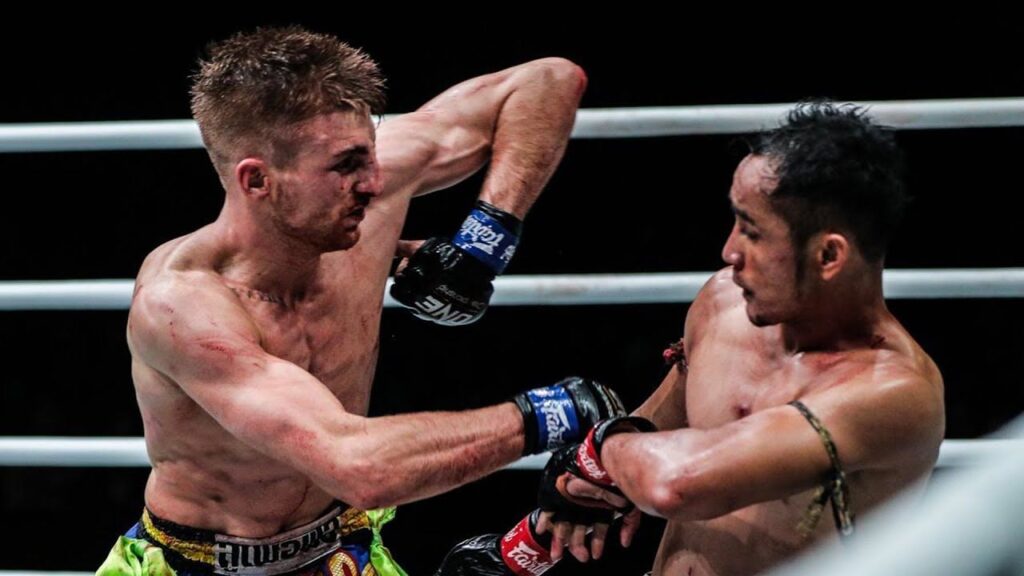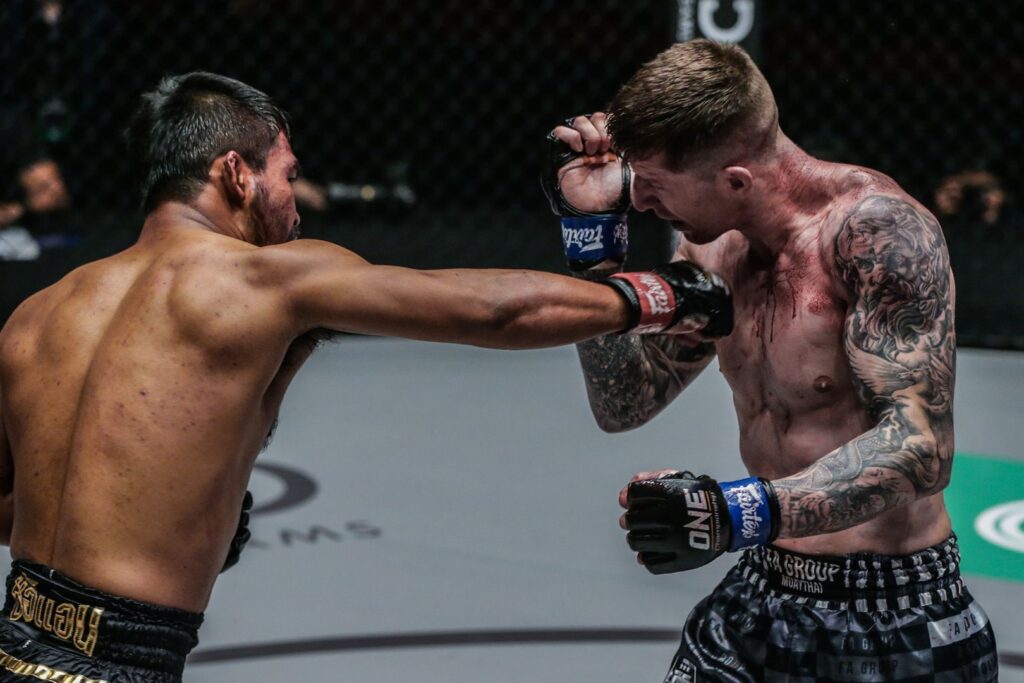Muay Thai is a martial art that originated in Thailand and has been around for centuries. Over time, the sport has evolved, with different styles and techniques emerging. One of the most significant changes in recent years has been the emergence of ONE Championship, a global martial arts organization that has popularized a new rule set for Muay Thai fights. This rule set differs from traditional Muay Thai in several ways:
Traditional Muay Thai Scoring System:
- Based on a 10-point must system where each round is scored independently
- Emphasis on knees, kicks, sweeps, and elbows, rather than punches
- More emphasis placed on certain rounds and techniques (kicks and knees tend to score more than punches)
- Rounds last for five three-minute rounds
- Judges are usually locals who take into account the betting odds and the crowds’ reactions when scoring fights, which can sometimes lead to controversial decisions
ONE Championship Rule Set:
- Based on a holistic judging system where overall damage, striking, and control are factored in
- Damage is factored in, which means punches matter, especially since small MMA gloves are used and can cause damage
- Rounds last for three three-minute rounds
- No betting section, which removes the influence of the bettors to affect the outcome of decisions.
- Judges are trained by ONE Championship and are expected to focus solely on the fight and apply a global standard
As a result of these differences, fighters need to adapt their training methods to suit the new rule set. For example, training with small MMA gloves is essential to become accustomed to the difference in striking and guarding techniques. Fighters must also emphasize punches more than traditional Muay Thai fighters, and some fighters have become more boxing-oriented. Additionally, an explosive start is vital in the shorter rounds, and pacing oneself over the course of the fight is less of a concern. Adopting switch stances like MMA fighters is also becoming more common.
Fighters who have been successful under the ONE Championship rule set include Rodtang Jitmuangnon, a hard-hitting fighter who combines traditional Muay Thai techniques with a more aggressive style, and Nong-O Gaiyanghadao, who is known for his powerful kicks and elbows. These fighters have adapted their styles to suit the shorter rounds and more aggressive approach of ONE Championship fights, and their success serves as a model for other fighters looking to thrive under the new rule set.

ONE Championship has taken over fight nights at Lumpinee, the most famous Muay Thai stadium in Thailand, and has given Muay Thai fighters a global platform to showcase their skills, get higher paydays, and international exposure and recognition. The organization’s growing popularity has also led to changes in the sport, and fighters need to adapt to stay competitive.

In conclusion, the new rule set introduced by ONE Championship has changed the way Muay Thai fights are scored and fought. Fighters must adapt their training methods to suit the new rule set, emphasizing punches and adapting to the shorter rounds. Examples of fighters who have been successful under the new rule set include Rodtang Jitmuangnon and Nong-O Gaiyanghadao, who have combined traditional Muay Thai techniques with a more aggressive approach. As the popularity of ONE Championship continues to grow, it will be fascinating to see how fighters continue to adapt and evolve to stay at the top of their game.
